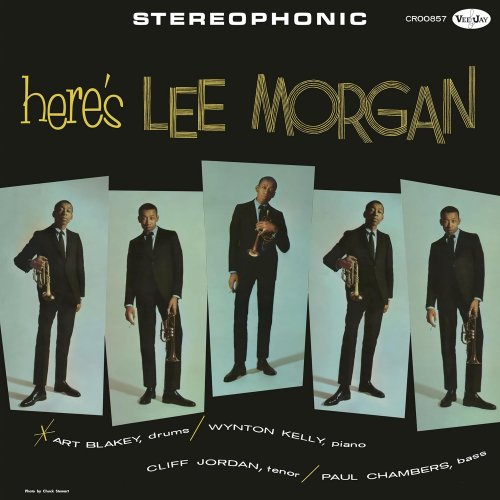Alice Babs - Alice Babs Meets Erwin Lehn & His Südfunk Tanzorchester (2019)
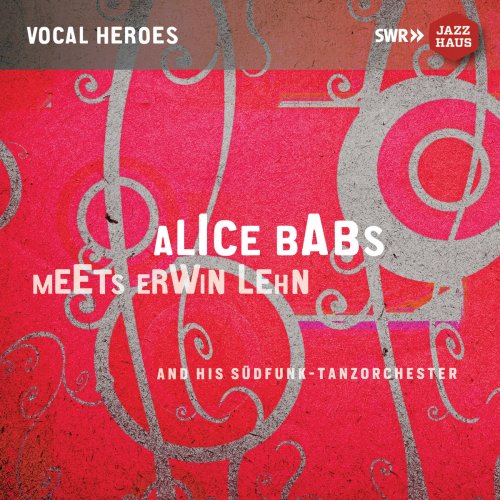
Artist: Alice Babs
Title: Alice Babs Meets Erwin Lehn & His Südfunk Tanzorchester
Year Of Release: 2019
Label: SWR Jazzhaus
Genre: Jazz, Vocal Jazz
Quality: FLAC (tracks)
Total Time: 37:59 min
Total Size: 175 MB
WebSite: Album Preview
Tracklist"Title: Alice Babs Meets Erwin Lehn & His Südfunk Tanzorchester
Year Of Release: 2019
Label: SWR Jazzhaus
Genre: Jazz, Vocal Jazz
Quality: FLAC (tracks)
Total Time: 37:59 min
Total Size: 175 MB
WebSite: Album Preview
01. Baby-Wiegenlied
02. Bluer Than Blue
03. Lullaby of Broadway
04. No Words Blues
05. Opus in Scat
06. Rainbow Street
07. Regutunga Skyar
08. Shanghai
09. St. James Infirmary
10. Tack-Tack-Tack
11. Un petit air un petit faux
12. Zing a Little Zong
Hot jazz growling swinger, sophisticated pop stylist, high-note specialist in scat and late-period phenomenon, the late Alice Babs had one of the most diverse careers of any jazz singer in the world—to which she added, in the 1960s and just for fun, singing classical music as well. Sometime during the 1950s, year unspecified, Babs studied voice at the Royal Conservatory in Stockholm, which extended her range upward by about an octave and a half, allowing her to dazzle Swedish audiences, Duke Ellington and the world with a phenomenal ability to go up into the stratosphere with the strength and purity of a coloratura soprano.
The promo material for this album enthuses over these 1952-55 collaborations with Erwin Lehn and his Südfunk-Tanzorchester, but to be honest the band and their arrangements are pretty pedestrian compared to both her earlier and later accompaniments, and I don’t just mean Ellington. Many of the hot Swedish jazz orchestras that accompanied her in the 1940s had much more imaginative arrangements than these, and her late-‘50s album with the Arne Domnérus Orchestra, Alice and Wonderband, runs rings around this one in terms of jazz interest.
What is interesting about this collection is a chance to hear that, even as early as 1952, Babs’ upper range was already being extended—not quite to the point it was when she made the LP with Domnérus or sang with Ellington, but clearly much higher up than her 1939-1951 performances, of which many exist online for the curious. I wondered why SWR Jazzhaus even bothered listing the musicians on these sessions since, except for a clarinet that plays in thirds with her voice on No Words Blues and a one-chorus tenor sax solo on St. James Infirmary, there are no solos. Babs made much better versions of No Words Blues and Opus in Scat in later years, with better sonics, and her remake of St. James Infirmary with a small combo is far jazzier than this one. In addition, some of the songs, such as Baby-Wiegenlied, Regutunga Skyar, Tack-Tack-Tack and Un petit air un peau faux aren’t even jazz or swing tunes.
But taken as a slice of history in her long, diverse career, it’s certainly a pleasant album if not a necessary entry in her discography. Babs, always the consummate professional, sings everything superbly, as she almost always did, and although the band isn’t great it does swing a bit, which was rare for German jazz orchestras of this period.
The promo material for this album enthuses over these 1952-55 collaborations with Erwin Lehn and his Südfunk-Tanzorchester, but to be honest the band and their arrangements are pretty pedestrian compared to both her earlier and later accompaniments, and I don’t just mean Ellington. Many of the hot Swedish jazz orchestras that accompanied her in the 1940s had much more imaginative arrangements than these, and her late-‘50s album with the Arne Domnérus Orchestra, Alice and Wonderband, runs rings around this one in terms of jazz interest.
What is interesting about this collection is a chance to hear that, even as early as 1952, Babs’ upper range was already being extended—not quite to the point it was when she made the LP with Domnérus or sang with Ellington, but clearly much higher up than her 1939-1951 performances, of which many exist online for the curious. I wondered why SWR Jazzhaus even bothered listing the musicians on these sessions since, except for a clarinet that plays in thirds with her voice on No Words Blues and a one-chorus tenor sax solo on St. James Infirmary, there are no solos. Babs made much better versions of No Words Blues and Opus in Scat in later years, with better sonics, and her remake of St. James Infirmary with a small combo is far jazzier than this one. In addition, some of the songs, such as Baby-Wiegenlied, Regutunga Skyar, Tack-Tack-Tack and Un petit air un peau faux aren’t even jazz or swing tunes.
But taken as a slice of history in her long, diverse career, it’s certainly a pleasant album if not a necessary entry in her discography. Babs, always the consummate professional, sings everything superbly, as she almost always did, and although the band isn’t great it does swing a bit, which was rare for German jazz orchestras of this period.

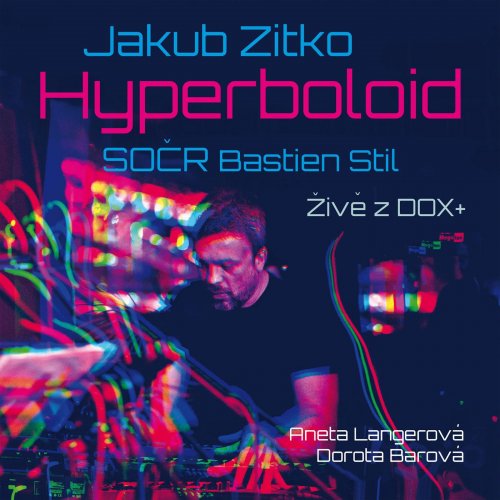
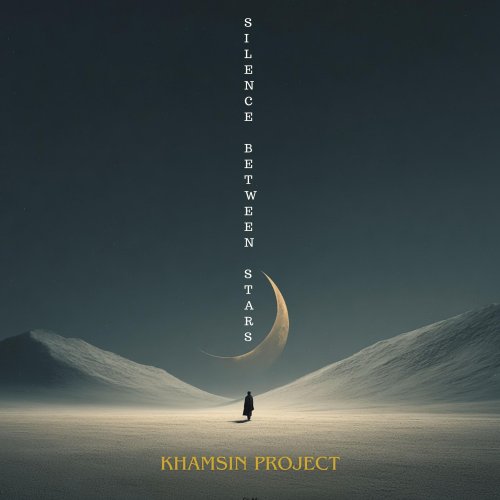
![Ben Aylon, Roei Hermon - SMALL ROOM IN DAKAR (2025) [Hi-Res] Ben Aylon, Roei Hermon - SMALL ROOM IN DAKAR (2025) [Hi-Res]](https://www.dibpic.com/uploads/posts/2025-12/1765640683_pl8lfacmwajwc_600.jpg)
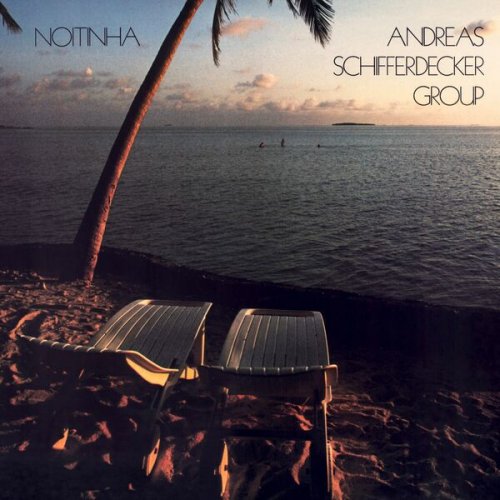
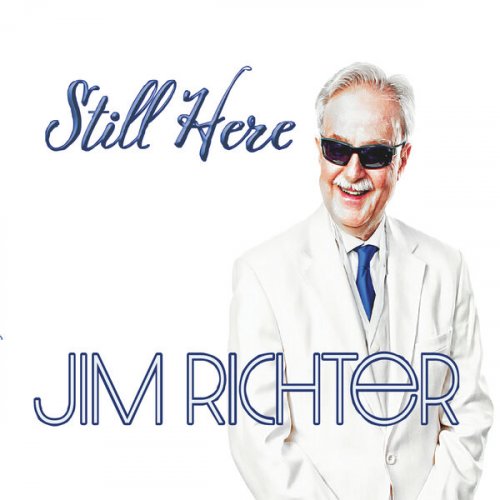
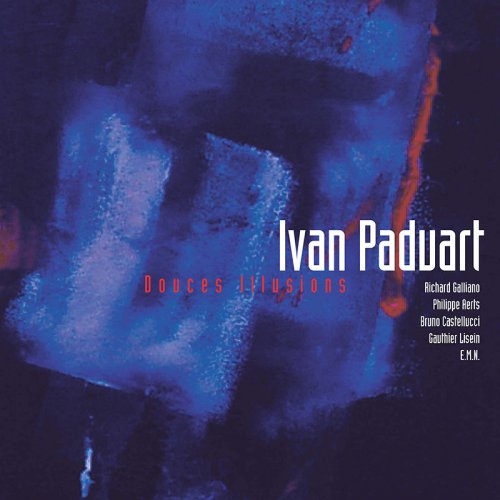
![Judith Goldbach Quartett - Akrobat (2025) [Hi-Res] Judith Goldbach Quartett - Akrobat (2025) [Hi-Res]](https://www.dibpic.com/uploads/posts/2025-12/1765455741_hg3dbj38fhbob_600.jpg)
